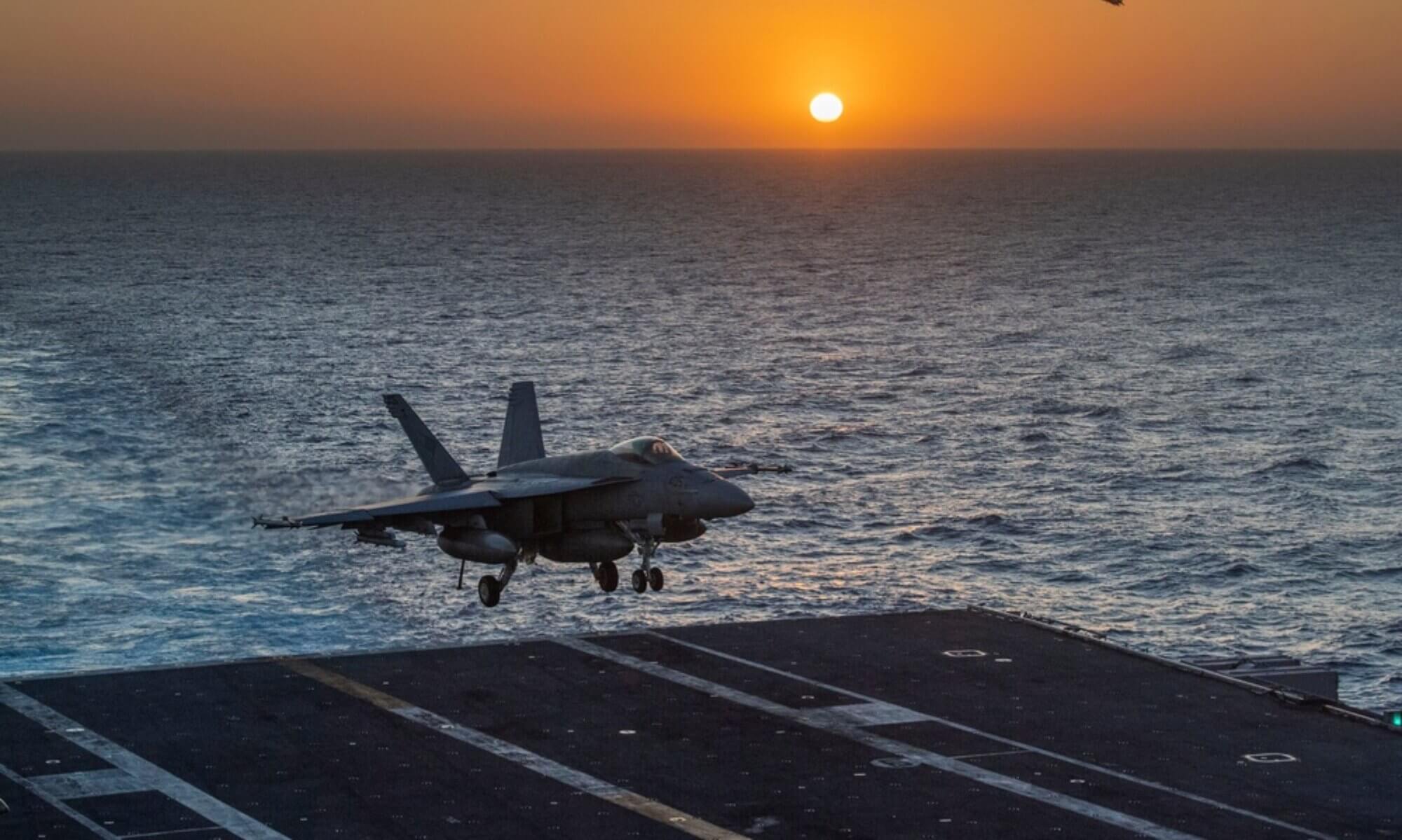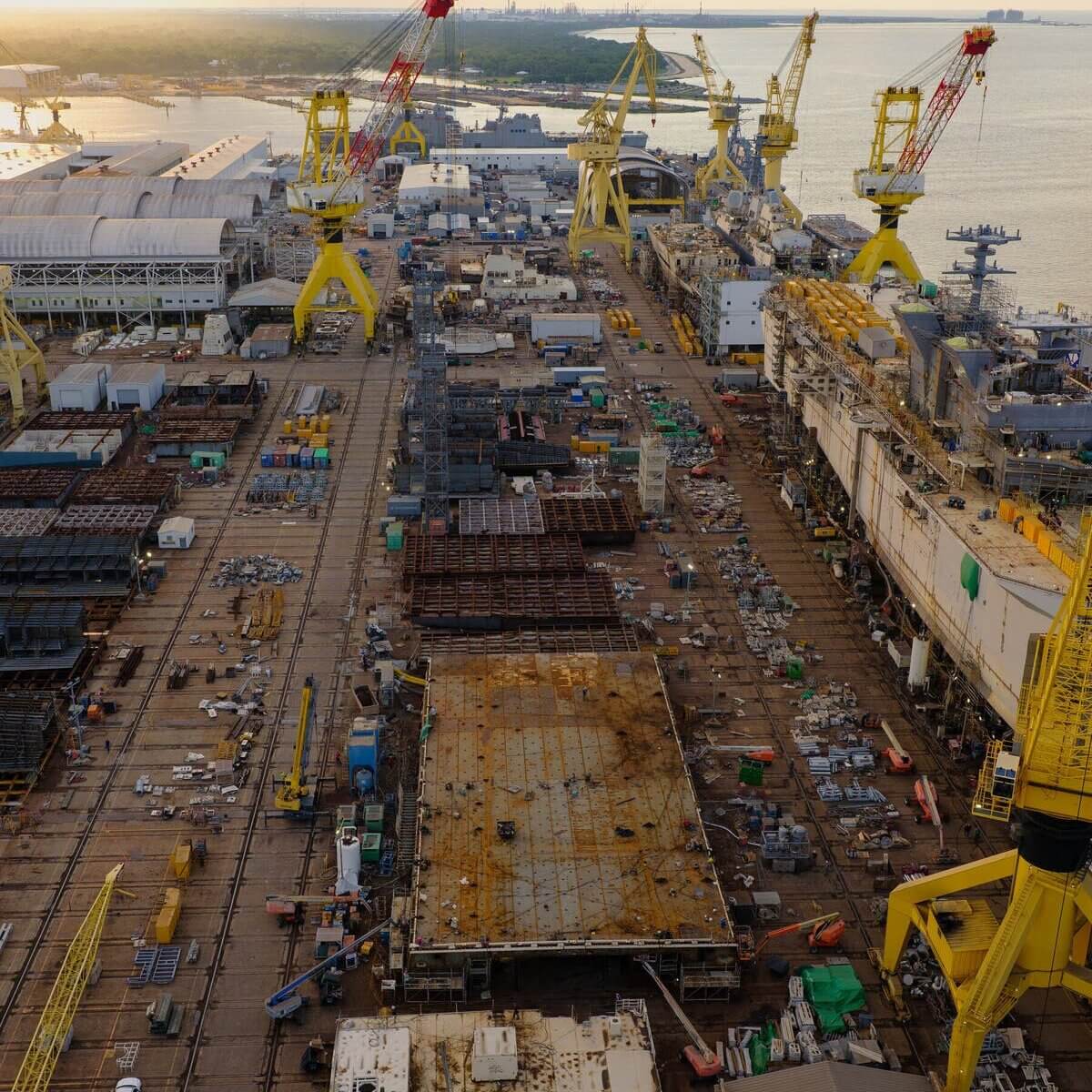Introduction
In the vast and often tumultuous sea that is national defense, the US Navy stands as a beacon of strength and resilience. Yet, even the mightiest fleets face storms that test their mettle and resolve. Recent revelations about significant delays in critical shipbuilding programs amidst the rising tide of strategic competition underscore the challenges at the helm of America’s naval future.
The Heart of the Matter
As the Navy’s largest trade show, the Sea-Air-Space Exposition, unfolded without the customary briefings on marquee shipbuilding programs, the waves of concern grew taller. A damning internal report unveiled sweeping delays across four pivotal shipbuilding endeavors, casting shadows over our naval preparedness against the backdrop of an expanding Chinese fleet.
The Delays Unpacked:
The cascading delays, stretching from one to three years across various programs, reveal a complex web of supply chain disruptions, exacerbated by the global pandemic, and a pattern of changing designs mid-construction. At the core of this storm is not just a battle against time and resources, but a struggle to adapt and realign with the relentless pace of technological and geopolitical shifts.
Implications for Strategic Readiness:
The ripples of these delays extend far beyond the shipyards. They touch upon the very essence of our strategic readiness and our ability to project power across the globe. As we navigate through these troubled waters, the need for a resilient and adaptable naval force has never been more pronounced.
Charting a Course Forward
In the face of these challenges, the path forward demands more than just steadfast resolve; it requires a comprehensive reevaluation of our shipbuilding and procurement strategies. This involves not only addressing the immediate hurdles of supply chain and workforce shortages but also fostering a more agile and responsive industrial base that can weather the storms of uncertainty.
A Call to Action
As we stand at this critical juncture, the call to action resonates louder than ever. It is a call for collaboration between the Navy, Congress, and industry partners to forge innovative solutions that ensure the timely delivery of our future fleet. It is a call for vigilance and adaptability in the face of evolving threats and opportunities.
Conclusion
The journey ahead is fraught with challenges, yet it is within the tempest that the true strength of our Navy and our nation is forged. As we chart a course through these budgetary and operational storms with foresight, innovation, and unwavering commitment, we face a critical examination of our shipbuilding practices and the evolving demands we place upon them. Bryan Clark, a seasoned voice from the Hudson Institute, articulates this sentiment, noting, ‘The Navy just keeps larding new requirements on the ships. And each new generation is so much more sophisticated than the predecessor that inevitably you’re going to get to the point where you’re just asking too much of the shipbuilding industry to punch out the ships on quick timeliness.’ This reflection serves as a poignant reminder of the delicate balance between ambition and feasibility, urging us to navigate these waters with a keen eye on both the horizon and the depths beneath..
In the ever-evolving narrative of our Navy’s strength and readiness, each challenge we encounter is an opportunity to reaffirm our resolve and adaptability. Let’s engage in this crucial conversation, not as mere observers, but as active participants in shaping the future of American naval power. Together, we can navigate through the noise and chart a course towards a stronger, more resilient Navy.


